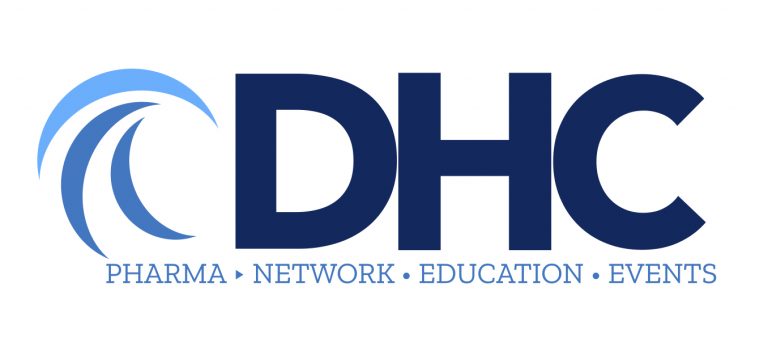Digital Health Coalition Newsletter - October 2019

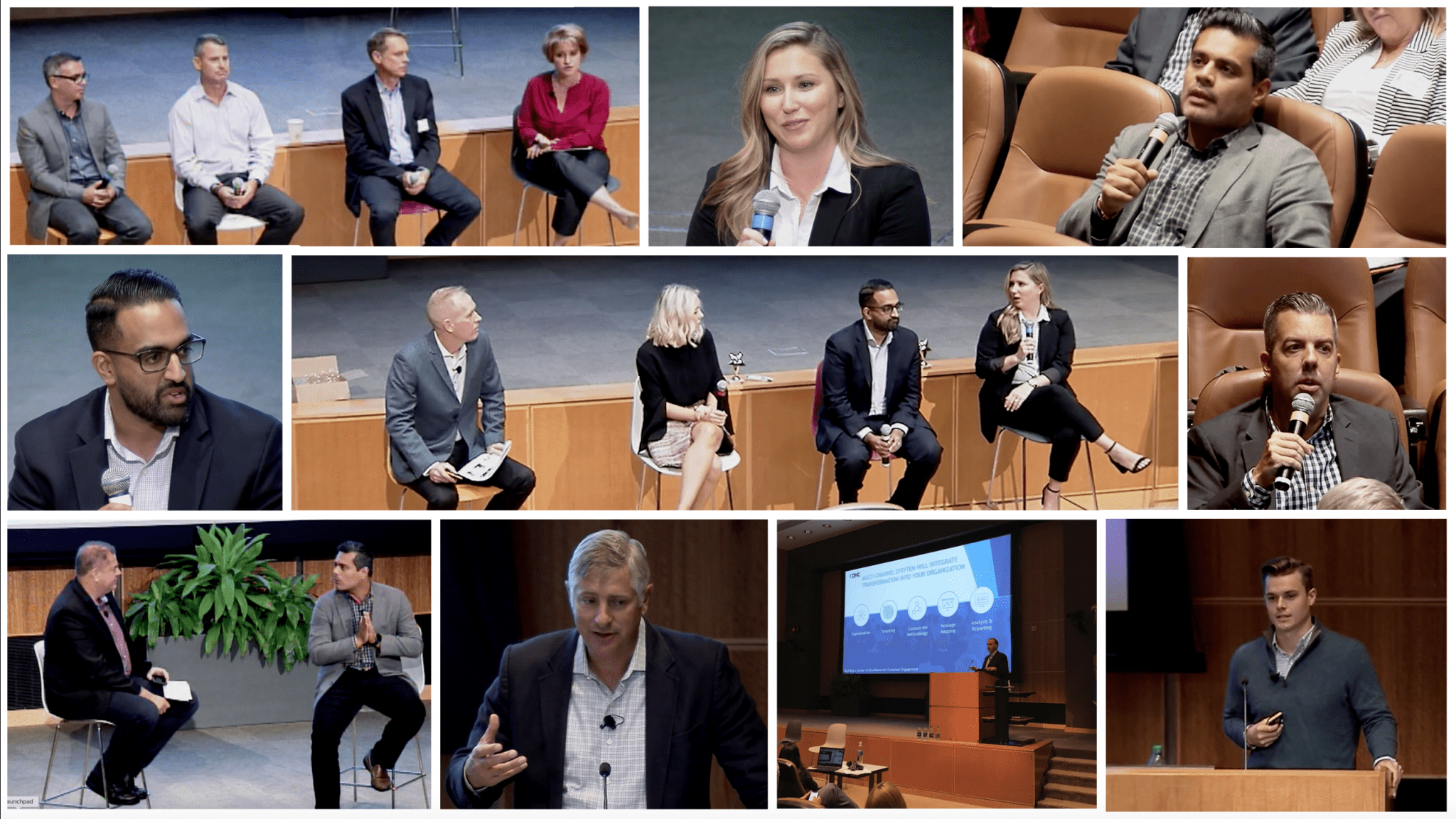
FEATURED CONTENT: DHC Fall Summit Summary
As we are already into Q4 and 2020 plans are well underway, this Summit focused on three macro trends with which anyone involved in the planning process needs expertise. Operations. People. Technology.
PART ONE - OPERATIONS

Digital Leadership
As digital takes on more of the focus and patients continue to be increasingly central players, he pointed to the importance of using digital tools to offer real solutions and connections for patients, HCPs, and payers.
Structuring for Success
Those charged with digital transformation or digital management need to have a clear picture of the current framework – are you currently set up to make the desired changes? If not, identify the barriers to change. Neil proposes using a strategy he dubbed M.O.L.E.. In this exercise, you will take time analyzing Means, Opportunity, Leadership, and Execution.
Create a customer-centric governance strategy. You need talent and leadership buy-in.
Ensure you understand your goals and have evaluated your needs. Neil warns that 70% of transformation attempts fail, due largely to a lack of discipline in setting goals for sustained transformation. His advice: create a wholistic plan for change.
Above all, consider your digital capability. The key elements of digital and data system transformation are based on digital capability so ensure clearly defined standardized processes for executing and managing execution AND strategy. Make sure you have a clear picture of your customer experience, operations, and business model.
Growth of Workforce Expertise

Josh John (Boehringer Ingelheim) highlighted the uniquely rewarding nature of marketing in pharmaceuticals given the real impact on patients’ quality of life. The panelists all agreed that as they considered the planning season, there is an increasing focus on planning around the patient journey. Olivia Carney (Teva) explained that she views the need to realize a more patient-centric environment as a critical next step.
Another look forward at how these marketers might drive change was a desire to address the pace at which campaigns are created and optimized. Alexis McAllister (with DHC member Intouch Solutions) referenced the need to break down barriers to innovation due to risk aversion, pointing out that there are often examples outside of the pharma industry where success has already occurred.
PART TWO - PEOPLE
Designing for the Patient
Key Data Points from Patients:
- Patients want content that inspires, educates, uplifts, and communicates care
- “Dumbed Down” or 101-level content is resented
- Targeted content or personalized content well-received, but chronic sufferers don’t always want to be reminded of their condition
Key Data Points from Physicians:
- Physicians want more frequent content refreshes
- Access to personalized content for patients faster and more easily accessible, possibly integrated into the workflow to better educate patients and save staff time
- Access to survey results to see what patients are looking for in terms of education resources

Understanding the Privacy Landscape
First, understand that privacy rules or laws are coming from different origins, and the source matters. Legislators (authors of the CCPA for example) are working toward the goal of protecting and responding to constituents.
Mechlin spent some time helping marketers understanding CCPA. Why bother understanding it? Not only does it represent the 40 million people living in California, a place where most (effectively all) pharma companies do business but more importantly, according to Mechlin “Future laws will look like this. Doing a marketer’s audit of how well you comply with CCPA should give you an idea of how future privacy laws will affect you.” What rights does CCPA give consumers? A copy of their data. Request to opt-out of data collection. Request for data deletion. Protection against discrimination (refusal of goods or services) due to exercise of previous rights.
What should marketers do to prepare for CCPA? Complete a data flow audit. For any business unit under your control, identify if/what data you collect, where it comes from, what you do with it, and where you send it afterwards. Creating a map of this data flow will ensure you are well prepared for any coming privacy changes.
The second important check Hart recommends you make to confirm you are privacy policy compliant (especially HIPAA) is related to linking of de-identified data. Simply having de-identified data is not enough. Marketers need to understand how the vendors they work with might be linking multiple de-identified data in order to avoid the risk that combined data sets become identifiable.
The Physician's World
Skidd referenced the external pressures on physicians have made digital users out of all HCPs, not just newer and younger members of the field. Regardless of age, HCPs are now using digital resources for one-third of their work day. 60% of physicians are now indicating that email is the preferred method of communication – a digital shift that will only accelerate.
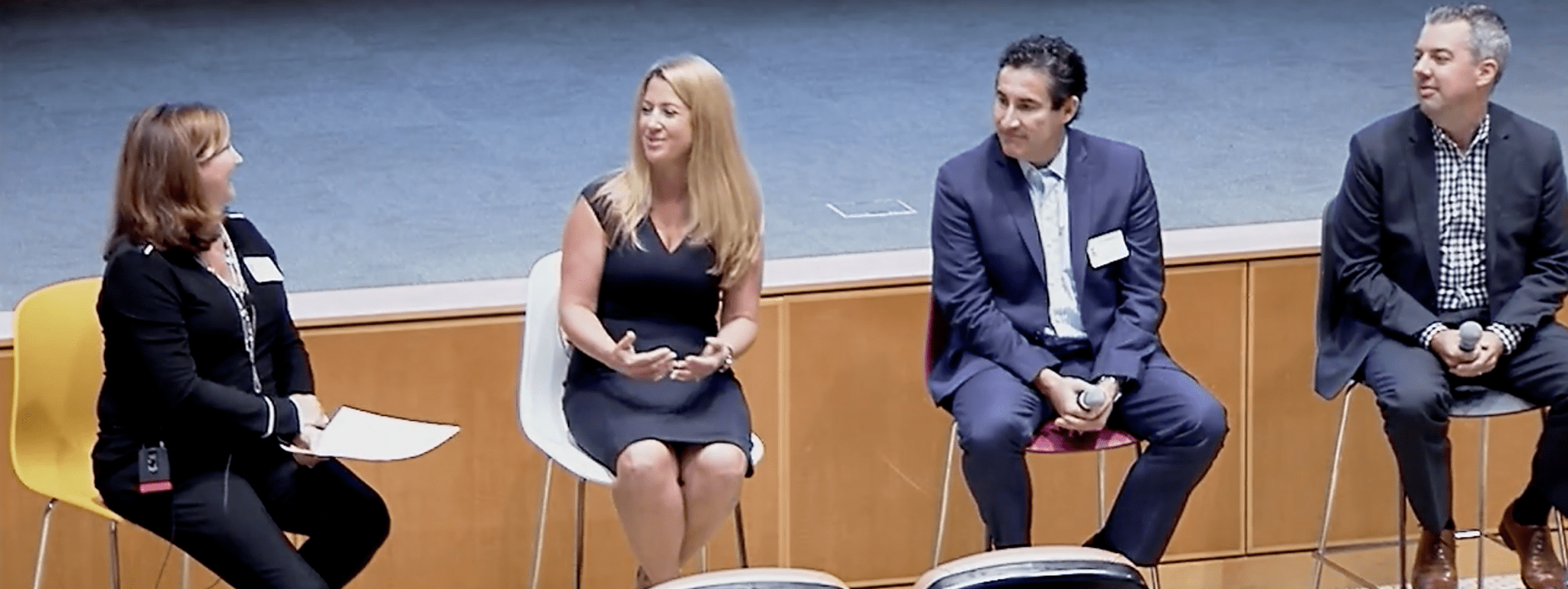
Tony Dale (Everyday Health Pro) referenced a just-released study showing significant drop in rep access reported by physicians this year – a number that is now at just 54%. He pointed to the tension between an increased HCP demand for support and the dropping access as a key motivator that “asks us to think differently about our messages. How can we be as relevant as possible as often as possible?…How can we stay on the cutting edge of what’s important to physicians?” Dale added that millennial physicians especially indicate that they put a high premium on an authentic experience. Keith Matt (Veradigm) addressed the opportunity to achieve the idea of matching what we offer to what’s important to the physician, looking specifically at the EHR workflow.
What’s the future of the physician experience according to the panel? Truly personalized and targeted content matched to the physician’s needs, in order to create a better dialogue and care plan with the patient. In the EHR, there is an acceleration in the ability to improve clinical outcomes, offering better connection to the hub and more streamlined communication around prior authorization. Marketers are also increasingly able to use data to identify the right physicians to receive specific messaging, reducing possible waste in budget.
PART THREE - TECHNOLOGY
Technology Innovation
Indeed, much of the technology innovation highlighted was most closely tied to the use of data provided by and matched with new solutions. Jennifer Kilian summarized “the aspiration is to get to measurable patient outcomes, as well as patient and caregiver experiences”. Kilian and Kagnoff specifically identified Rx/pharmacy reminders, adherence and patient symptom trackers, patient education and on-demand virtual support, and connection to patient support services and fellow patients as areas in the ecosystem where technology is currently fueling the next generation of data-driven personalization.
Social Media Tomorrow
The work that Josh Simon (AstraZeneca) and his team did through Facebook video started with unbranded efforts and then were transitioned to the branded campaign. The “Save Your Breath” unbranded page allowed the connection with patients first through keywords related to the condition, animated videos, and then eventually patient stories, using both short and longer form video. Josh and Emmie related the importance of understanding channel best practices and the implications of latest technology – shooting vertical videos, but having the capability to be viewed in wide-screen, as well as having video captioning to account for viewing without sound. Using the authentic nature of social media story-telling, the team transitioned to branded content, which included a celebrity endorsement.
The second effort reviewed by Emmie Taylor and Ryan Billings (GSK) was the use of Facebook live for unbranded content. Emmie discussed the need for creative problem solving when experimenting with new technology as a pharma marketer – in this case, briefly removing the video after it was live to allow for a rapid MLR review.
Ryan also shared his experience in creating a chatbot during his time at AMAG Pharma. He highlighted that the chatbot was especially innovative as it followed a “build your own adventure” format instead of a static bot experience. AMAG, with their partners at imre Health, built several different content paths that would present responsively based on a patient’s side of the conversation.
All of these technology innovations within social media demonstrate the agreed-on takeaway from Taylor, Simon and Billings: keep solving for the unknown. Understand the patient’s online experience to discover where you can add value in a meaningful way.
Programmatic - The 2020 Horizon

The tension for some marketers is the need to confirm that programmatic efforts are privacy-compliant. Dave Nazaruk (DMD) explained that the run-up to GDPR allowed publishers to become extremely well-versed in the nuances of privacy requirements and then go out and achieve great, privacy-compliant results. “You have to make sure that whatever the source of your data, that first party has an authenticated opt-in. If you have that, you can very deterministically find audience members wherever they are going on the internet. Having the opt-in first is critical in order to be privacy-compliant.”
Chris Neuner (PulsePoint) provided further detail by pointing to the coming innovation of programmatic television. “Now you are marrying better experience and better data into an omni-channel experience. Adding contextual on top of that gets into the nirvana of programmatic. You are creating an omni-channel/omni-approach into incorporating data in a real time capacity using automation.”
Amy Turnquist wrapped the panel by pointed marketers back to the importance of tying these technology-based opportunities to the need for a team culture and organizational design geared towards innovation.
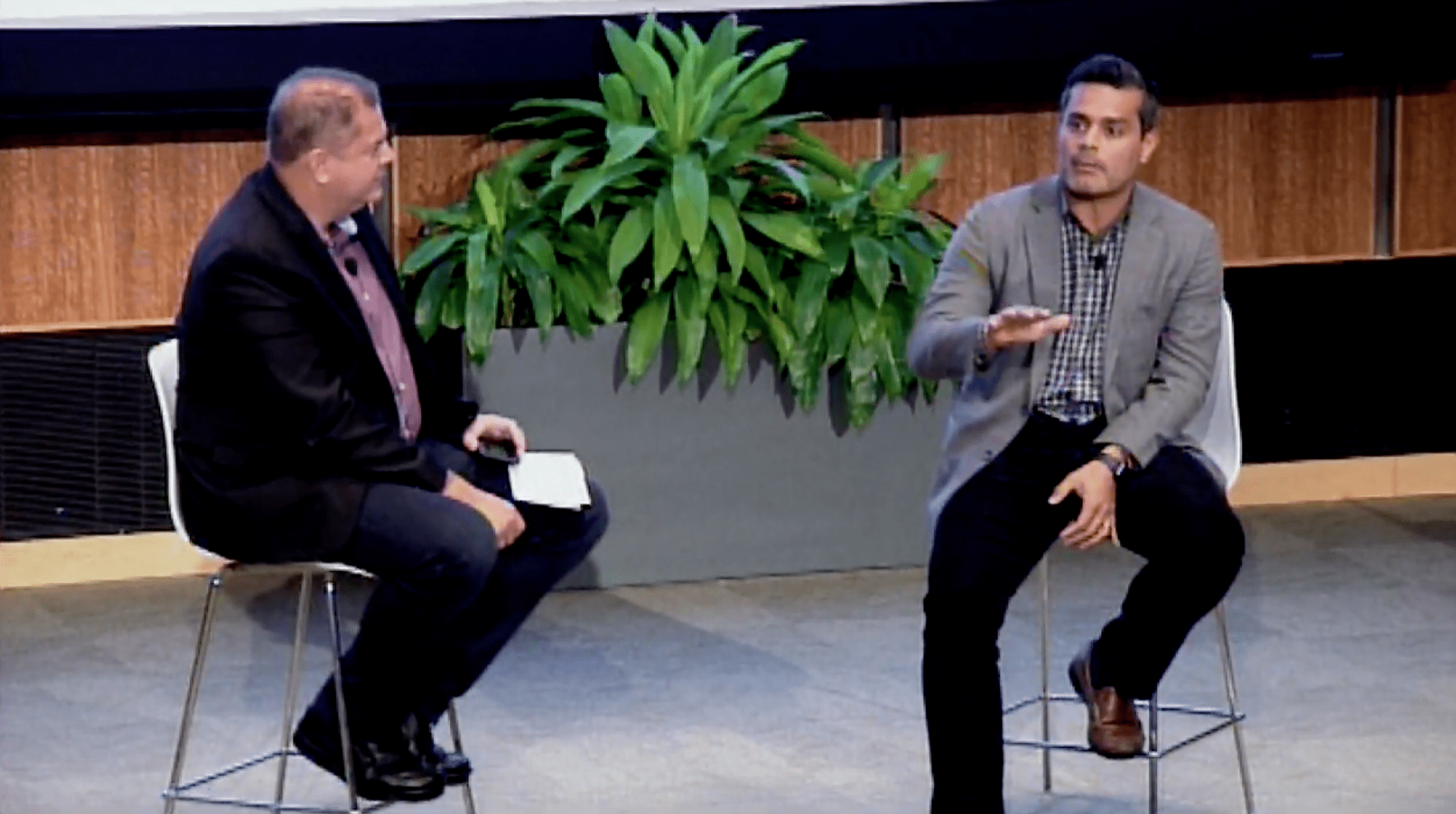
WRAP-UP: The Fireside Chat
Mark and Karan discussed several themes from the event, including several major areas of consideration for strategic planning 2020: people, process, technology, and partnerships.
The discussion wrapped up with a section on the concept of scale and how should marketers utilize these applications for maximum impact. A full transcript of the interview will be made available to DHC readers in the next installment of DHC’s Insights with Innovators.
ADDITIONAL INSIGHTS FROM DHC PARTNERS
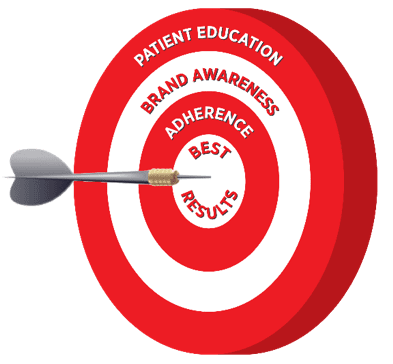
Our Thoughts from the Fall Summit and Strategy for 2020
From RxEdge | SVP, Rob Blazek
There are hundreds of technologies and platforms created specifically to help industry professionals reach HCPs and patients. As we plan and prepare for 2020, we remain steadfast in our approach to focus on the details surrounding a brands’ desired outcome and then determine which tactics and targeting approach will help them reach it.
Learn More about RxEdge →

Raise Funds for Mercer County Boys & Girls Club
Mercer County Boys & Girls Clubs
This Saturday, November 2nd, DHC's Co-Founder, Joe Farris, and Executive Director, Christine Franklin, will be participating in a fundraising fun-run and we would love your support! Please consider joining us in raising funds for this important organization, whose work helps students of all ages. ALL funds raised help provide scholarships for local youth to attend Club programs such as College Access, Financial Literacy, Entrepreneurship and Afterschool.
Donate Now →

Insights from DPE 2019: Pharma Gets Experimental
Via meltmedia | Clare Kirlin, Director of Marketing
In the race to transform pharma, nothing is sacred. At the recent Digital Pharma East conference, industry leaders revealed how they are experimenting with conventional business processes once accepted as the status quo. In this article, Clare Kirlin of meltmedia shares key takeaways from their sessions — and discussion prompts to spark innovation in your organization.
Read More Here →
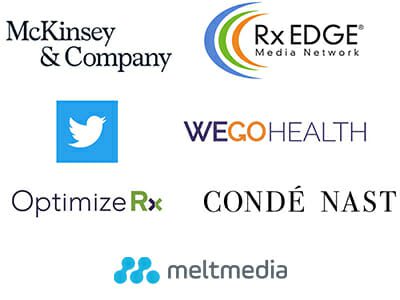
DHC Welcomes Robust New Group of Members
Via DHC | Website →
The DHC is proud to recognize several new members who have joined us on our mission of serving as the collective voice and industry rallying point for the discussion of the current and future issues relevant to digital marketing of healthcare products and services. We are pleased to welcome a diverse new group of corporate partners, including Conde Nast, meltmedia, McKinsey & Company, OptimizeRx, RxEdge, and WEGO Health.
DHC EVENTS COMING SOON
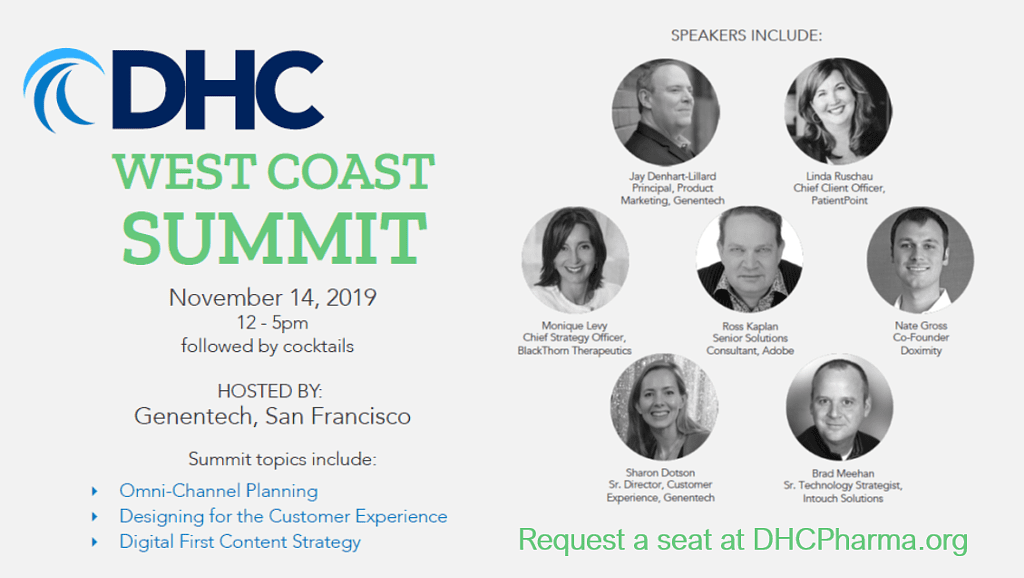
DHC West Coast Summit
November 14, 2019
Hosted by Genentech
Request a Seat Today →
Join fellow marketers for an afternoon of content and networking.
DHC PARTNERS IN THE NEWS
DHC CONTENT
This Saturday, November 2nd, DHC’s Co-Founder, Joe Farris, and Executive Director, Christine Franklin, will be participating in a fundraising fun-run for the Mercer County Boys and Girls Club. We could use your support! Please consider joining us in raising funds for this important organization, whose work helps students of all ages. ALL funds raised help provide scholarships for local youth to attend Club programs such as College Access, Financial Literacy, Entrepreneurship and Afterschool. By donating you have the ability to make a difference.
Donate Now →
